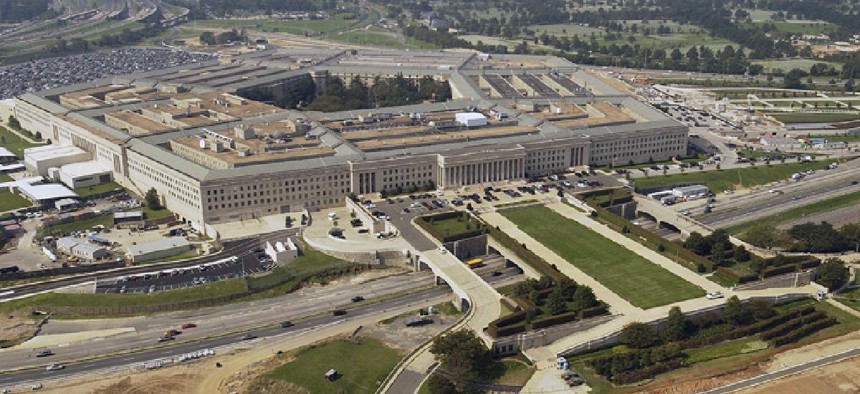Military branches struggle to cap civilian jobs wisely
Army has exceeded its workforce limit, while all services may have cut jobs recklessly.
The military services failed to fully rely on competency gap assessments when reducing their civilian workforces to meet a Pentagon cap, according to a new report.
Only about one-third of the assessments have been made, the Government Accountability Office found. The Pentagon told the auditors they will not be completed until 2015.
The Army failed to reduce its civilian workforce to the Pentagon’s cap for 2012, according the report, while the Navy and Air Force successfully met the limit.
The Defense Department mandated the military branches cap their civilian workforces at 2010 levels through 2013, with certain exceptions for mission-critical positions. The Army exceeded that level by more than 10,000 full-time employees.
GAO said without the assessments, the military branches cannot guarantee they are making wise choices about how and where to make workforce cuts.
“A fully developed workforce plan, with all completed gap assessments, would help DoD make informed decisions about reducing its workforce and develop strategies to mitigate skill shortages that impact on achieving the mission,” the auditors wrote in their report.
Defense’s civilian workforce, which now exceeds 800,000 full-time or full-time equivalent employees, has risen by 17 percent since 2002, most of which occurred since 2008.
GAO recommended the Pentagon follow a strategic workforce plan when cutting jobs. It said Defense officials should utilize functional community managers, who are responsible for identifying competency gaps.
“With the long-term fiscal challenges currently facing the nation, reductions to the civilian workforce may be considered in the future as an option to achieve cost savings, especially in light of the drawdown in Afghanistan,” GAO wrote. “However, identification of critical skill and competency gaps and involvement of stakeholders, such as functional community managers would help the department manage its workforce more strategically.”
The Defense Department partially concurred with GAO’s recommendations, but said it already uses appropriate tools in determining its workforce size and alignment.
“We are aggressively working towards fully meeting the statutory requirements of the Strategic Workforce Plan,” Rich Robbins, the Pentagon’s director of total force planning and requirements, wrote in a letter to GAO. “However…the size and structure of the workforce is driven by capabilities, mission, and workload and not by competencies and skills. Future reductions to the workforce, or possible increases, will be justified by workload and supported by resource availability.”




